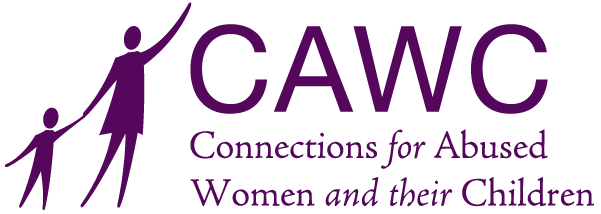October is Domestic Violence Awareness Month (DVAM), and it has a rich and interesting history that is at times intertwined with other causes related to supporting vulnerable populations. However, the relative recency of much of the most impactful progress speaks volumes, as does the continuing prevalence of domestic violence in the US and elsewhere. Here’s how this important awareness month began.
The Timeline Behind Domestic Violence Awareness Month
- • March 1917: The National Women’s Party (NWP) is formed to fight for women’s right to vote. This is important to the history of domestic violence awareness for two reasons.
- One, the (eventual) right to vote empowers women to support legislation that works toward gender equality and against the violation of women’s human rights (including domestic abuse). The NWP remains a leading advocate of women’s political, social, and economic equality throughout the 20th century.
- Two, the NWP establishes its official colors as white, gold, and purple, lending more symbolic visibility to supporters of women’s rights.
- • January 1978: The United States Commission on Civil Rights holds the Consultation on Battered Women, and the National Coalition Against Domestic Violence (NCADV) is formed.
- • July 1978: Over 100,000 women march in Washington, DC to demand equal rights. Many of them wear lavender and purple, which helps to create a powerful visual display. Symbolically, this choice of color also represents continuity with regard to the important work of the NWP.
- • October 1981: The NCADV declares a national Day of Unity on October 17th to raise public awareness around domestic violence and to support abuse survivors. In keeping with previous women’s rights work and demonstrations, purple is adopted as the official color of the Day of Unity.
This day quickly expands to an entire week, allowing time for various related activities at local, state, and national levels. Common event themes include mourning those who have died as the result of domestic violence, celebrating the resilience of abuse survivors, and creating connections between organizations that work to end this public health issue.
- • October 1987: The very first Domestic Violence Awareness Month is observed. At the same time, the first toll-free national domestic violence hotline is established. Today, you can reach it at (800) 799-7233.
- • 1989: Congress passes Public Law 101-112, which officially establishes October as the federally observed Domestic Violence Awareness Month.
- • 2010: Katherine Hudson co-founds “Wear It Purple Day” in support of LGBTQIA+ youth struggles and resilience. This eventually becomes Purple Thursday, a day that is observed on the third Thursday of every October. Later, Purple Thursday (also called “Go Purple Day”) is also adopted by domestic violence advocacy organizations.
- • Regardless of its precise origins, Purple Thursday in October offers an opportunity for observers to combat the bullying of LGBTQIA+ youth and women as a whole.
Promote Domestic Violence Awareness With CAWC
At Connections for Abused Women and Their Children (CAWC), we believe that everyone has a right to a life free of violence. Our mission to end domestic violence is rooted in education, service, and advocacy. In addition to working toward broader social change, we provide empowerment-based and trauma-informed support in the form of shelter, counseling, and advocacy to individuals affected by domestic violence and their children. Here are some of the ways we’re helping those unaware of available resources to leave their abusers.
If you or someone you know is struggling with domestic violence, don’t hesitate to call our 24-hour hotline at (773) 278-4566.
Learn more about domestic violence and how you can stop it by signing up for our Kitchen Table Conversations webinars.
